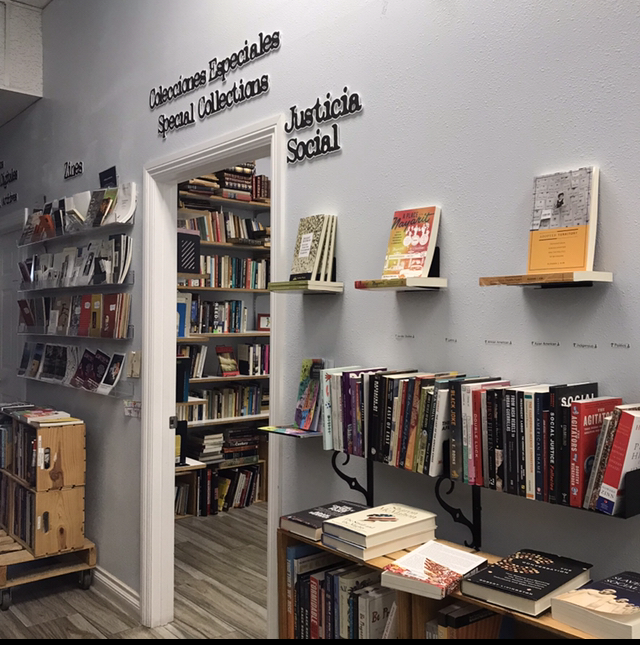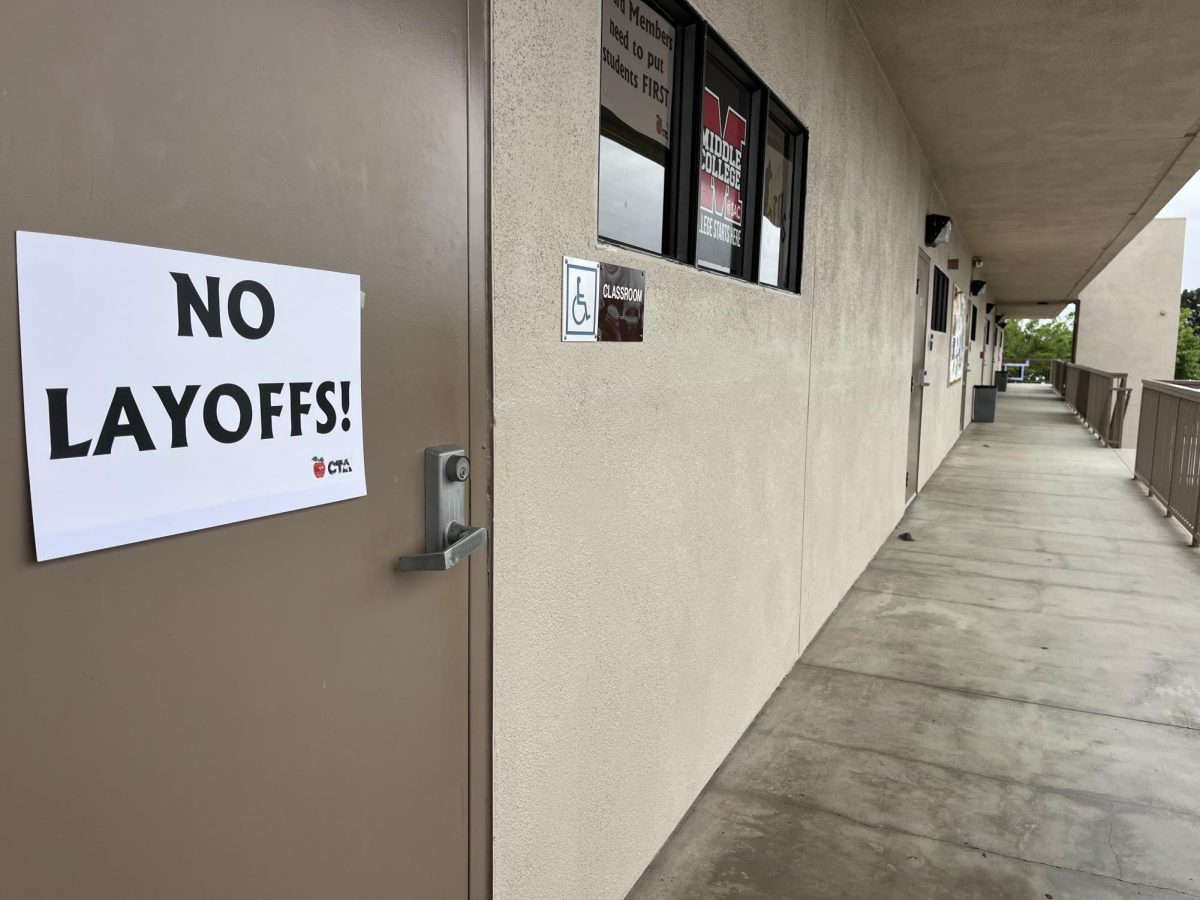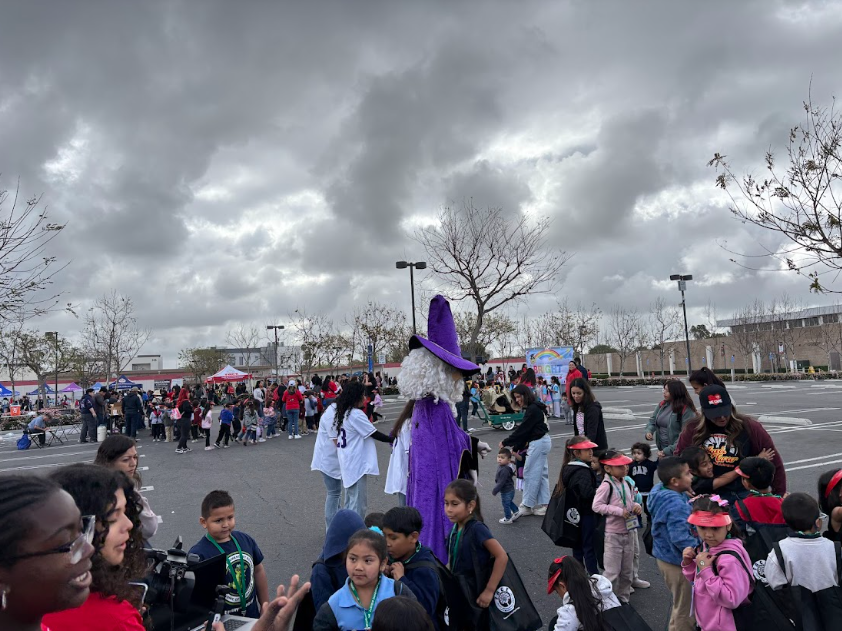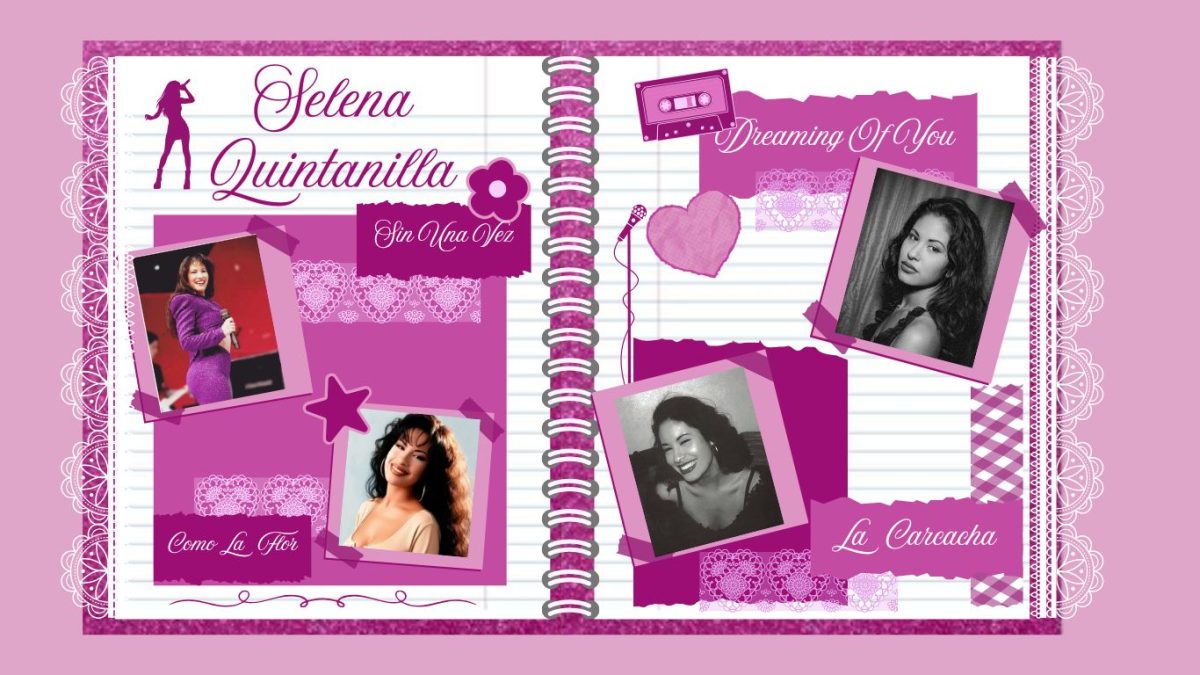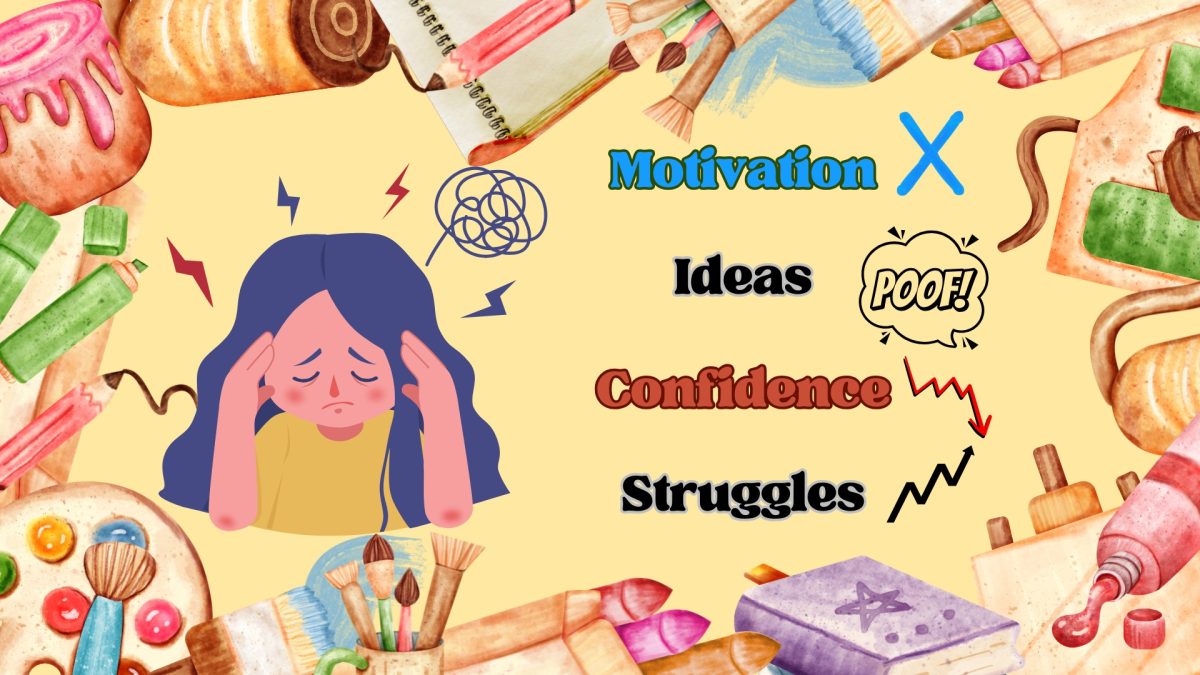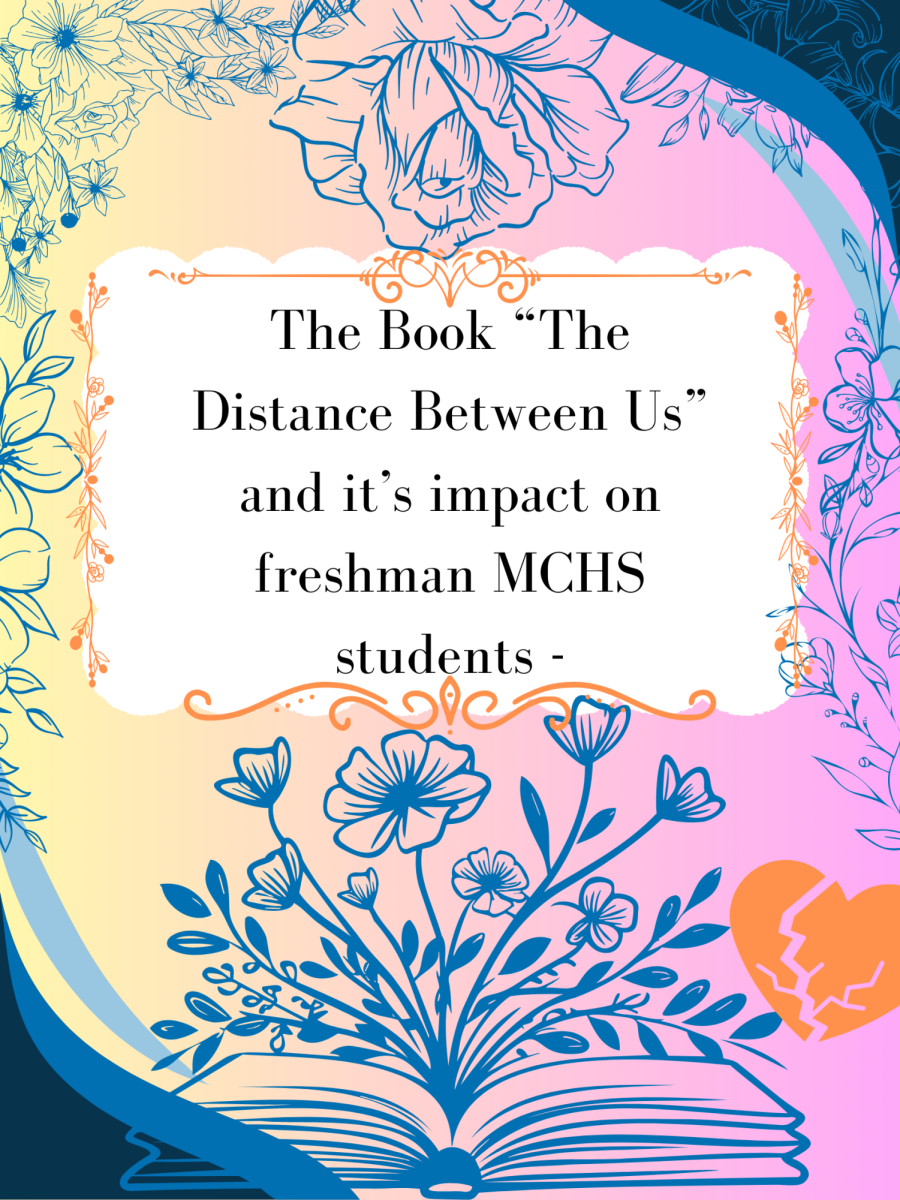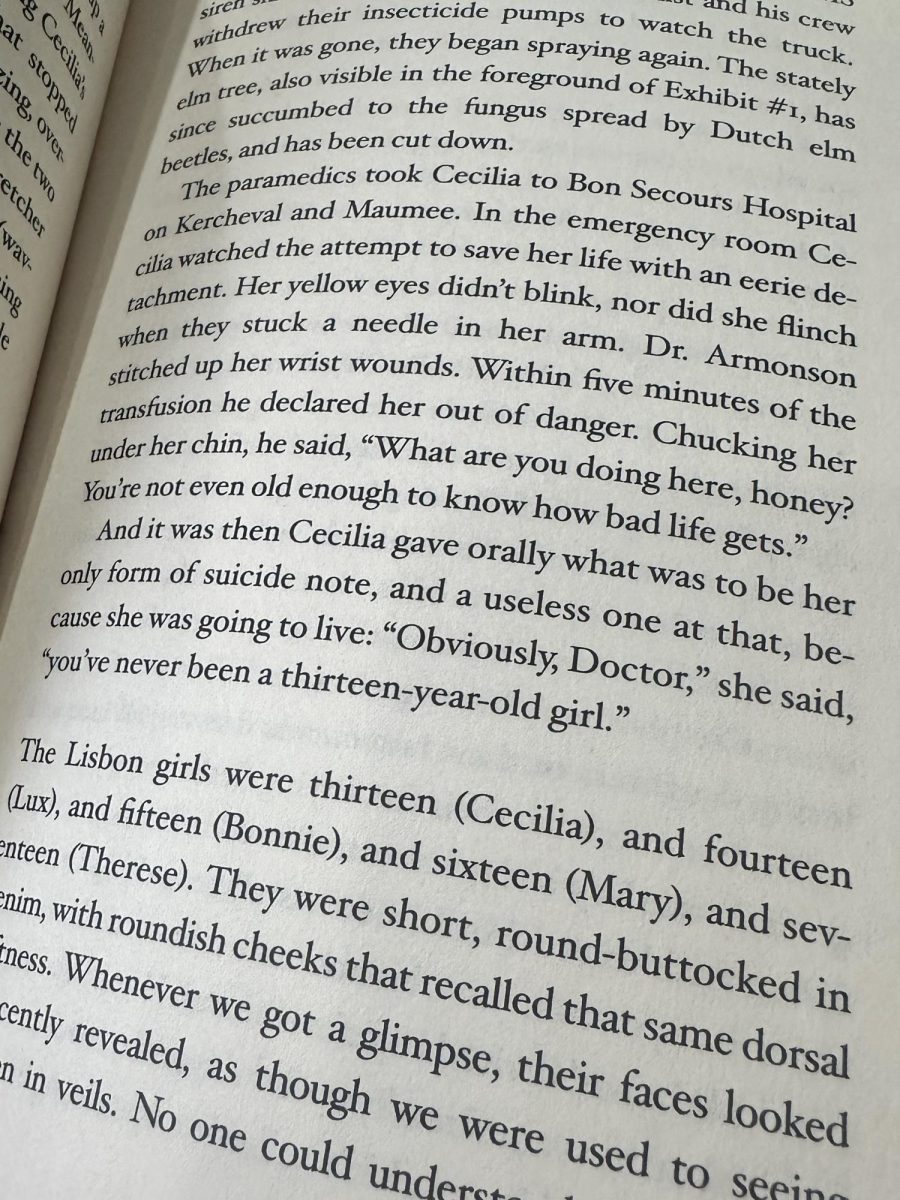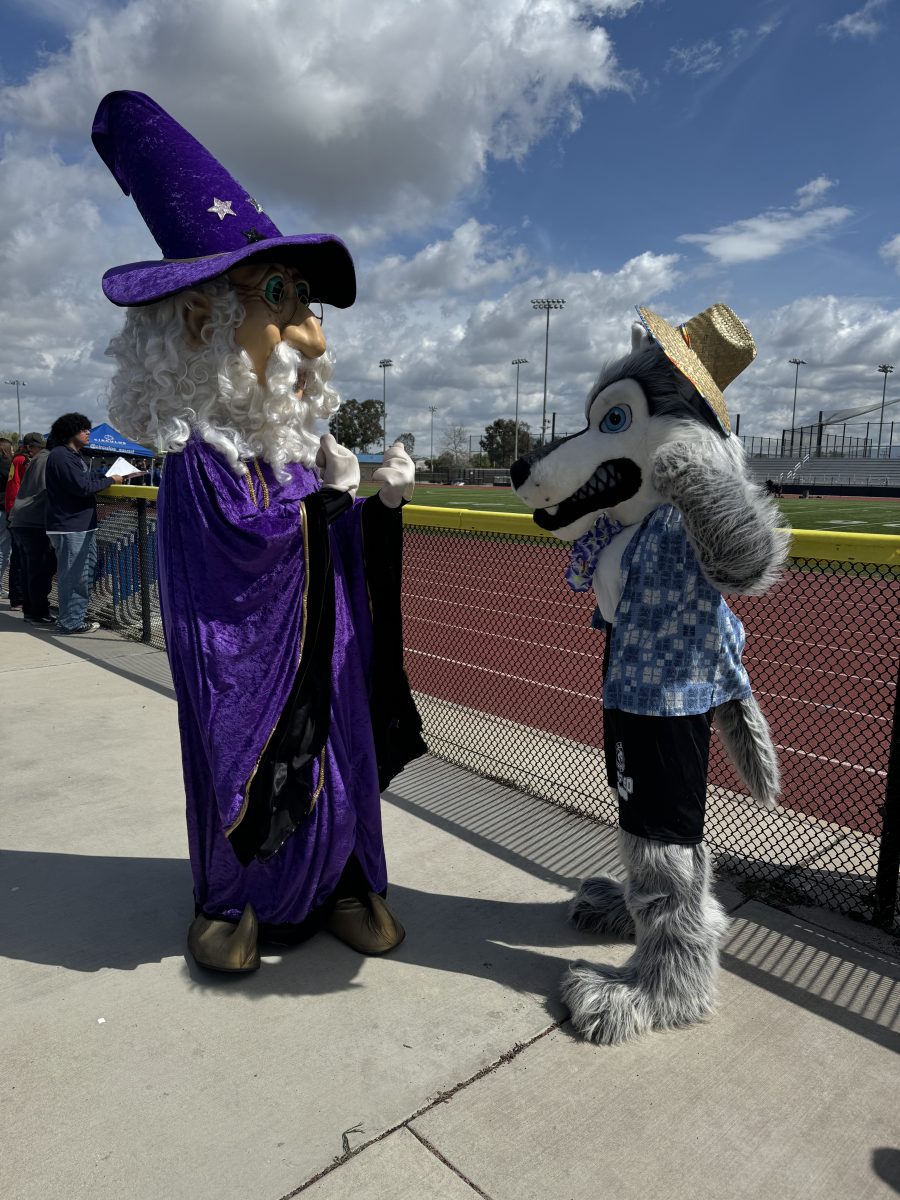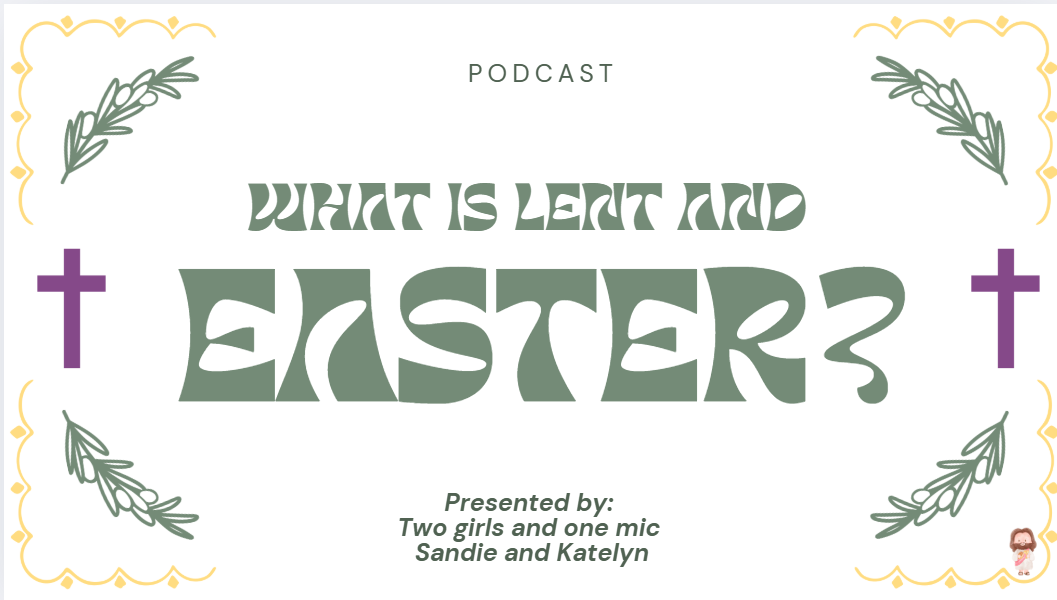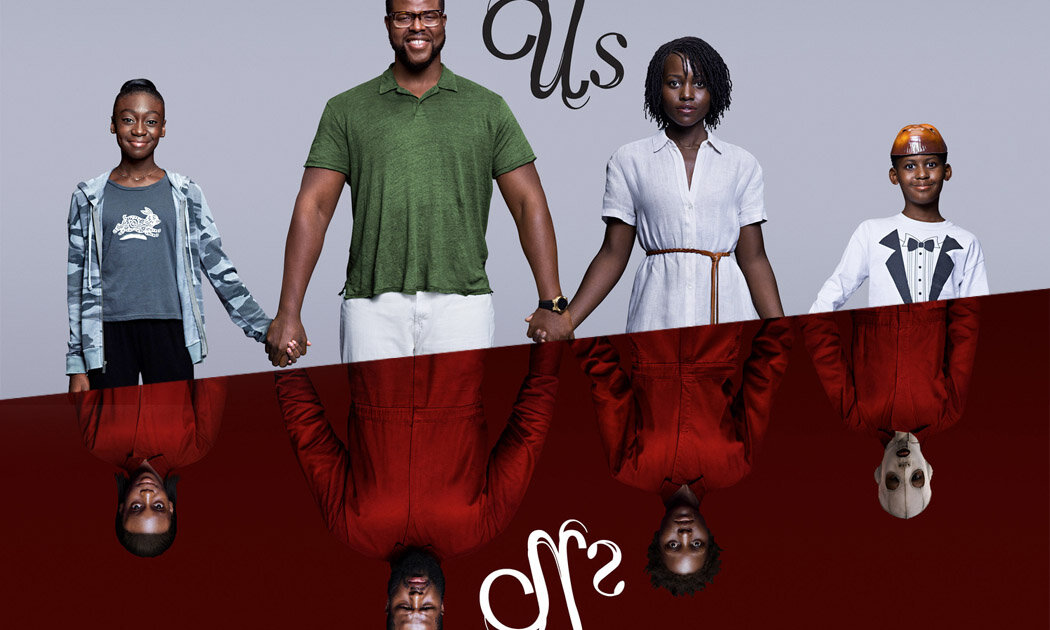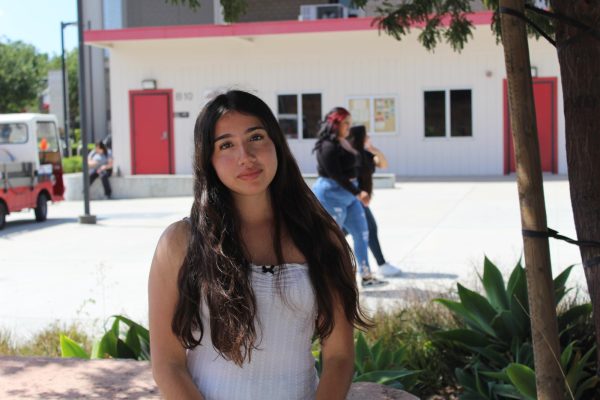You find yourself in your kitchen while your mom cooks you a meal after school. It’s just another day you sing your heart out with your mother to songs from Selena Quintanilla. Memories as simple as this are engraved in your brain, as they bring you closer to your family members. No one in a Mexican household would live their lives without knowing Quintanilla’s iconic songs like Amor Prohibido or Como la Flor— two of her biggest hits.
Songs by Quintanilla have been playing for years in our households, at Mexican restaurants, and parties. Music has always been a centerpiece in Mexican/Mexican-American culture, Selena Quintanilla along with other iconic artists have always been at the top of the list. Her legacy continues to strive in the Latino community as well for upcoming Latin artists in the music industry. This talent started off at a young age and continuously grew as an adult.
The Beginning
Born April 16, 1971 in Lake Jackson, Texas, U.S, Quintanilla, started off her singing career at nine years old in a family band called Selena y Los Dinos. This included her siblings, A.B. Quintanilla III and Suzette Quintanilla, and her father, Abraham, Jr. They started off small and performed at their family restaurant called Papágayos, which was run by her father and her mother, Marcella. However, they faced a problem, Quintanilla was not fluent in Spanish so she had to learn the language to sing the songs her father wrote. Later on, their family had to close the restaurant due to the early recession in the 1980s. The family decided to travel through Texas and perform opening acts for Tejano bands. Quintanilla actually had to quit school in the 8th grade due to their popularity rising, and later on got her education with a General Educational Development (GED) credential. The band had a total of 2 albums, one called Mis Primeras Grabaciones (1984) and Alpha and Muñequito de Trapo (1986) before Quintanilla won female entertainer of the year at the Tejano Music Awards at 15 years old.
Rise of Fame
She went on to release her debut solo album, Selena, after signing a contract with EMI Latin in 1989. That same year, she released a duet, Buenos Amigos, with Salvadoran singer Álvaro Torres. In 1992, she married the band’s lead guitarist, Chris Pérez. Later that year, Selena Live! was released. With this album, she won a Grammy Award for Best Mexican-American Album and became the first female Tejano singer to win a Grammy in that category. As she rose to fame, she started a clothing line and opened two boutiques in 1994. Right after that year, her biggest hit album Amor Prohibido came out—nominated once again for a Grammy. In Quintanilla’s lifetime, she accomplished many other achievements despite being in a male-dominated industry. She won 36 Tejano Music Awards, 14 Billboard Latin Music Awards, 10 Lo Nuestro Awards, a top-selling Latin album for Amor Prohibido in 1994 and the Album of the Year at the Tejano Music Awards, Dreaming of You, becoming the best-selling Latin album in history and debuted at number one on the Billboard 200 chart. She was also introduced into the Billboard Latin Music Hall of Fame in 1995, received a Recording Academy’s Lifetime Achievement Award posthumously in 2021, and broke the Astrodome attendance record, with 61,041 people viewing her show in person.
The Murder of Selena Quintanilla
The passing of Quintanilla devastated many fans—more shocking was the person behind the murder. During the time Quintanilla was working on her first English album, Dreaming of You, she was murdered by Yolanda Saldivar, the founder of a Quintanilla fan club. She was a former nurse from San Antonio, Texas, who became a huge fan of Quintanilla in 1991, selling merchandise and signing 8,000 to her fan club. Over time, she gained the Quintanilla family’s trust— becoming an addition to the family business.
In 1994, Saldivar was hired as a manager for two Selena Etc boutiques in San Antonio and Corpus Christi. It was reported that she used the company’s bank account and credit card— using them for her own expenses; also known as embezzlement. On March 31, 1995, Quintanilla passed away at 23 years old after being shot at a Days Inn motel in Corpus Christi. Saldivar was supposed to meet with Quintanilla that day to turn in missing financial documents, however, she shot Quintanilla instead. Quintanilla ran to the hotel lobby and collapsed. Luckily she was able to mention her killer, Yolanda Saldivar, before losing her consciousness and passing away a couple of hours later at a hospital.
Yolanda Saldivar’s Sentence, Plus Recent Updates
In October 1995, Saldivar was found guilty of first-degree murder and sentenced to life in prison. However, she became eligible for parole in 30 years. Recently, Saldivar applied for parole on March 27 of 2025; however, it was denied. This decision came out just three days before the 30th anniversary of Selena Quintanilla.
Although it does seem like Saldivar made efforts before getting denied parole, as she participated in a docuseries (documentary series) called, Selena and Yolanda: The Secrets Between Them, hoping to present a sense of innocence to her case. A family member even shared that the murderer said she had served her time and was ready to return to the outside-prison world.
The Texas Board of Pardon and Paroles denied her parole because they believed she was still a threat to society. The board cited the violent nature of the offense as a reason for denying parole, considering it a threat to the victim’s vulnerability and a threat to public safety. Now, Saldivar cannot apply for parole until another five years in March of 2030, as she will be 69 years old. She even testified how she never meant to shoot Quintanilla. According to her testimony, she intended to kill herself after confronting Quintanilla about the misuse of the credit cards, instead, she accidentally shot the singer.
Media’s reaction
When news spread about Saldivar’s parole spread, backlash erupted across the internet. If you’re on media platforms like Instagram or TikTok, you have probably seen short videos about people’s opinions on her returning. Memes were made about waiting outside the prison gates, preparing to lash out at Saldivar. This was a way to show their unsympathetic feelings toward Saldivar’s return, while showcasing their love and support for Quintanilla. After her parole was denied, fans celebrated on the internet by dancing, singing, creating memorable videos to honor Quintanilla and GRWM videos addressing the fortunate topic. Fans from various cultures expressed their opinion, not just the Latino culture. This shows how a female Latin artist brought together many cultures, even despite having different lifestyles, they were able to connect with music.
The Continuing Legacy
While the Queen of Tejano is no longer here with us physically, her presence continues to live on. Quintanilla proved to millions her impact in the music industry despite being a female and in a male-dominated field of work without even being here. After 30 years, she continues to remain a legend for many Mexican-Americans. As for her hit songs, they continue playing in our homes without the boredom of replaying them over and over again.
Shortly after her passing, her album, Dreaming of You, placed number one on the Billboard 200. She became the first Latin female artist to achieve this goal. She also made a feature appearance in the film, Don Juan Jemarco, along with Marlon Brando, Faye Dunaway, and starred Johnny Depp in 1995.
In 2002, the album, Unos, released and in 2003 another album came out called Greatest Hits. Then, later in 2022, her album, Moonchild Mixes, was released as it had 13 tracks and featured previously released songs. However, these had a twist to them, as the producer, Selena’s brother, A.B, had digitally altered the song to age her voice. This caused some mixed emotions among fans as they weren’t sure of the authenticity. Nonetheless, fans were overjoyed to finally hear some unreleased songs from Quintanilla.
As her fame continued to grow, people began to look into her life up till her death. This resulted in many books being published about her and movies about Quintanilla’s rise to fame. In 1997, a film called Selena came out, starring Jennifer Lopez as Quintanilla. Afterwards, Netflix came out with a show in 2020 called Selena: The Series.
Moreover, Quintanilla gained nicknames, essentially for her iconic stage presence and impactful music like “Queen of Tejano” and “Mexican Madonna”. Not only has her legacy run with her music solely, but she also made an impact on Mexican-American artists. Some fans call this, “The Selena Generation”. Fundamentally, it’s a group of musicians that debuted after Quintanilla’s death.
Impact on Mexican-American Artists
Even though they never had the chance to see her perform or be presented during her era, they still found an influence in Quintanilla’s work. Some people associated within this category are Karol G, Becky G, Estevie, Gale, Angelina Victoria, Vanita Leo, and so many more.
One artist that’s widely known in the Hispanic community is Rebbeca Marie Gomez, known as Becky G. Becky G is a Mexican-American artist and actor born and raised in Inglewood, California, who has had a large influence in the Latino community as well. Much like Quintanilla, she has achieved many goals as a female Mexican-American artist.
She shared with De Los how Quintanilla has been in her houseland since the start and inspired her to start her journey in the music industry.
“I’ve been listening to and watching videos of Selena performing before I could even form memories…She took our music to places we never thought in our wildest dreams it would reach. She showed younger generations, including myself, that we could be on stage one day, too,” Gomez said.
Throughout her career Gomez has performed multiple Selena intermix, which included a Selena-inspired song called Otro Capítulo, on her most recent album, Encuentros.
Another artist named Estevie, a cumbia pop artist, told De Los about the credits we own to Quintanilla. She mentioned that she paved the way for Latin artists to grow in fame and get recognition.
“Today, Latin artists are dominating charts, collaborating with global superstars, and selling out arenas, and I think we owe a lot of that to Selena… She proved that Latin music could cross over without losing its essence… She showed that women could lead, and be unapologetically themselves in a male-dominated industry,” Estevie said.
Estevie spoke volume, as she mentioned how Latin music can cross over cultures without losing its authenticity. Authenticity is something that can disappear without the proper care– in this case recognition. However, Quintanilla proved that it is possible and paved the way for upcoming generations to live up to this legacy.
A Puerto Rican artist, Carolina Isabel Colón Juarbe— known as Gale, mentions her experience with Quintanilla and how she looked up to her as a musician.
“I was instantly hooked… She was my first love in music; her voice, her energy, her power. Selena showed the world that Latin women belong on big stages. She made me feel like I could do this too,” Colón Juarbe said.
One can see the consistent pattern between these singers— it seems like they were inspired and looked up to Quintanilla. She inspired Gale to perform and become a singer as Quintanilla presented her strong stage presence and voice.
We have also seen the Mexican-American singer, Angelina Victoria, be deeply influenced by Quintanilla. Victoria mentioned Quintanilla’s iconic show in the Houston Rodeo as well as the change she made on Latin artists to embrace their culture, despite being raised in Mexican and American culture.
“Watching that (referring to Quintanilla’s show in Houston Rodeo) for the first time gave me chills… Her confidence, her smile, her vocals, and dance moves — the way she commanded the stage was so electrifying. She made it look effortless, but you could tell that every note, every move, came from the heart. Before her, there was a perception that Latin artists had to stay in their lane… She paved the way for artists like me to embrace our culture while still evolving our sound. She made it clear that being in between two worlds is a strength, not a limitation,” Victoria said.
Victoria’s words were very powerful, as being part of two cultures can be challenging when it comes to embracing the culture of our ancestors. Although with a singer like Quitanilla, Mexican-Americans were able to keep those roots that our ancestors passed onto us. Victoria’s last sentence really speaks from the heart because it’s so true, but it’s not talked about as much. Mexican-Americans should not be shut out, even if we may not have the same experience as a Hispanic. Whether we “lack” our roots or not, we can still be part of our culture. Victoria was able to speak about appreciation to Quintanilla through clothing, when she wore the same purple jumpsuit as Quintanilla during her show at the Houston Rodeo.
Lastly, an Antonio-based cumbia singer, Vanita Leo, showed her love for Quintanilla during her show at Austin’s Volstead Lounge when he sang, Si Una Vez.
“Performing a Selena cover in Texas is electric, there’s always a massive reaction. Her music is woven into the fabric of our culture, and you can feel how much she still means to people the moment you start singing. It’s a reminder that her legacy isn’t just about the songs— it’s about the joy, pride and representation she gave our community,” Leo said.
After reading about different Mexican-American artists, it’s clear how Quintanilla impacted these musicians. She paved the way for many aspiring artists to create their own identity.
Overall Summary
Starting from a young age up to 23 years old, Selena Quintanilla knew she had a talent in the music industry. She started off singing in Spanish— a language she had to learn, as her first language was English. She showed the world how being part of two different cultures does not mean you only have to stick to one. Instead, she added a hint of country-western style to her wardrobe when modeling and performing– with no one’s opinion and judgment, but herself. She was the lead-off runner in a race for other Mexican-American artists to continue paving the way for future generations.





